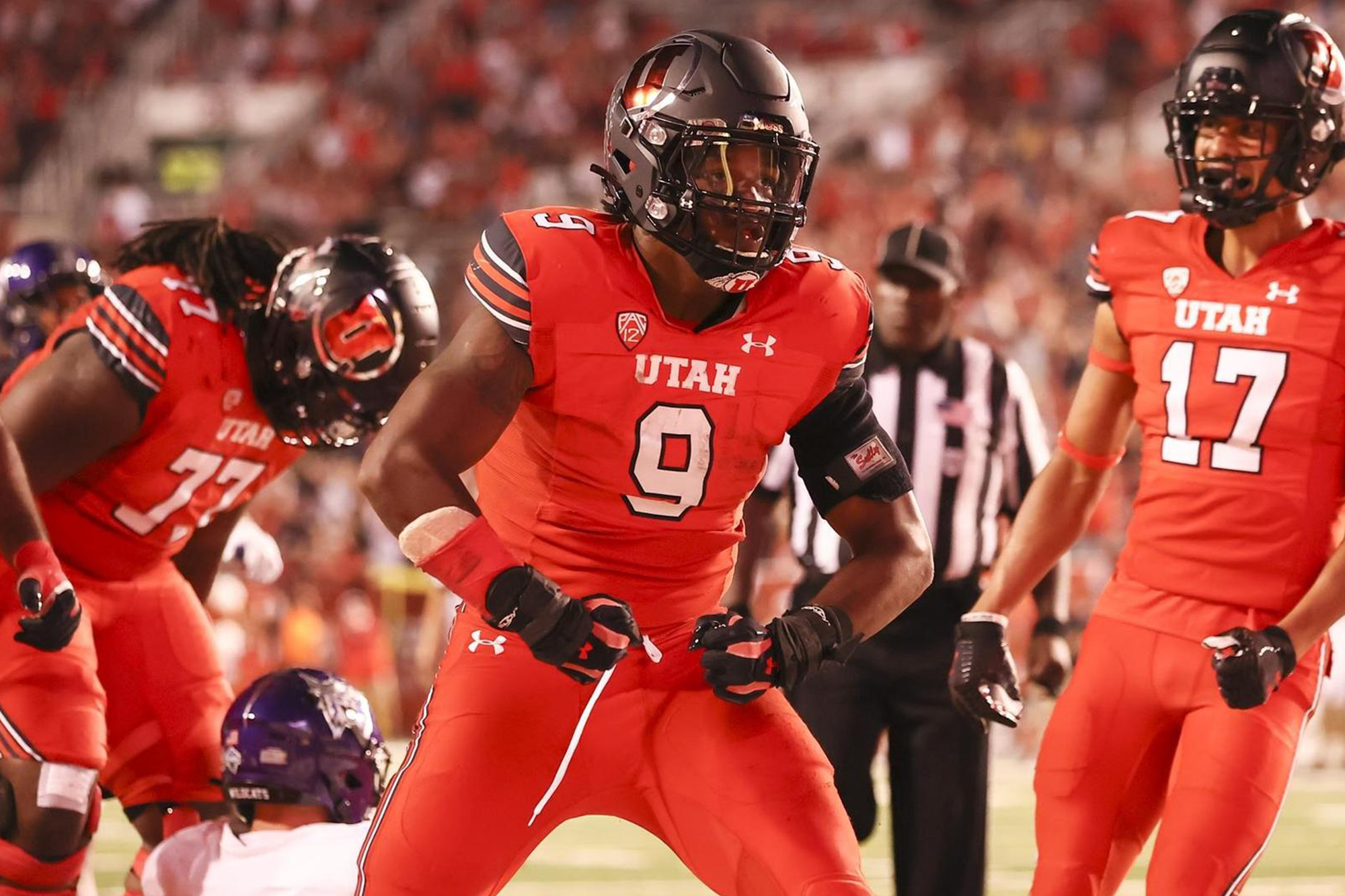
‘UteQuake’ seismic exhibit goes live
“Although a seismometer’s primary role is to record earthquakes, these very sensitive instruments will detect any ground shaking, regardless of the source, including from rowdy Utes fans in Rice-Eccles Stadium.”
This is how the new webpage of UteQuake introduces itsself as it returns to Rice-Eccles Stadium Saturday when the University of Utah faces No. 22-ranked UCLA for the football teams’ Pac 12 conference opener Saturday, Sept. 22.
During the game, which kicks off at 1:30 p.m., the University of Utah Seismograph Stations’ (UUSS) geoscientists from the Department of Geology & Geophysics will monitor amplitude signals recorded by a seismometer they installed Aug. 30 on the west side of the stadium, then tweet interesting observations during the game.
The idea is to help pump up No. 11-ranked Utes’ game-day excitement, while also promoting the Seismograph Stations’ vital public safety mission to “reduce the risk from earthquakes in Utah through research, education, and public service.” The UUSS operates a regional network of 200 seismographs stretching from the Grand Canyon in Arizona to Yellowstone National Park in Montana.
Tested during the Utes’ season opener against the Florida Gators when record attendance exceeded 53,000, the experiment proved a roaring success. So UteQuake will run for the remainder of the season, according to Jamie Farrell, a research associate professor of geology and geophysics.
During Saturday’s game, Mark Hale, one of the seismic analysts at the UUSS, will be tracking the seismic waveforms in real time, then tweeting analysis of readings at key moments, starting with the Ute players emerging onto the field.
Read the full article by Brian Maffly in @TheU.
Go Utes!
Photo credit: Utah Athletics